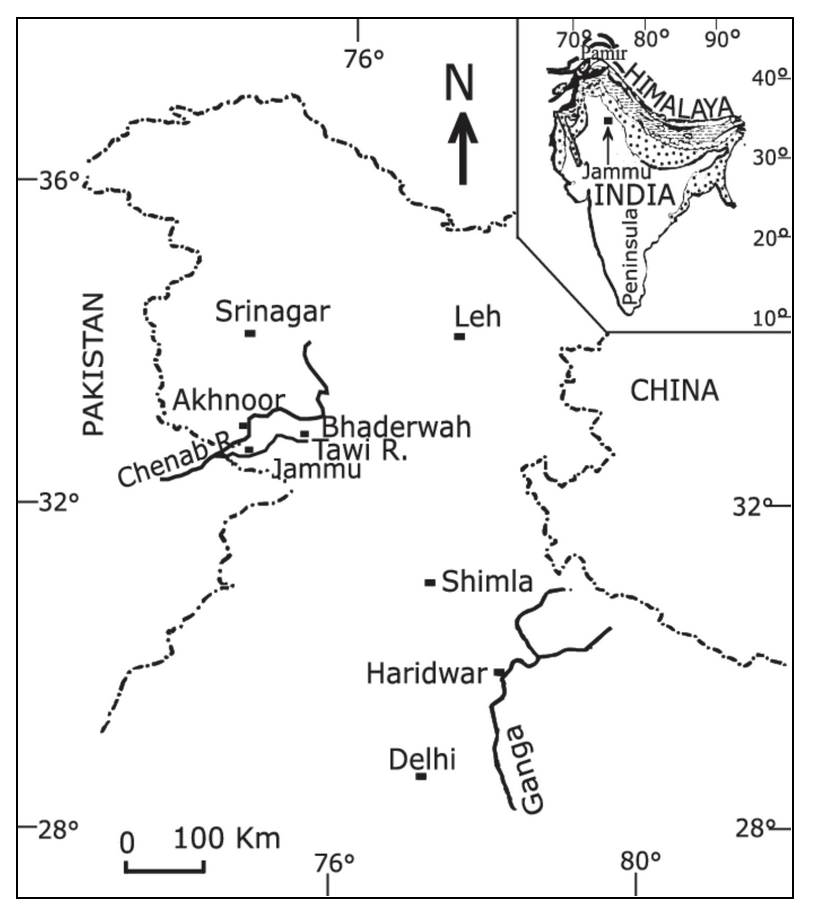Jammu & Kashmir Switch to Hindi
CRPF Cup Second Edition
Why in News?
Recently, the second edition of the Central Reserve Police Force (CRPF) Cup Srinagar Sector, a cricket tournament scheduled from 20th to 28th November 2024, was inaugurated. Its aim is to establish maximum engagement with the youth of Kashmir.
Key Points
- Situation in Kashmir:
- A senior CRPF officer in Srinagar stated that the situation in Kashmir is under control, highlighting that all security agencies are working in close coordination to ensure stability in the region
- Inauguration of CRPF Cup:
- The CRPF Inspector General inaugurated the second edition of the CRPF Cup at the Sher-e-Kashmir Stadium in Srinagar.
- The tournament features 16 teams, 12 from Srinagar district and two each from Budgam and Ganderbal districts.
- Upcoming Sports Events:
- It was announced that a football tournament is planned for December 2024 as part of ongoing youth engagement initiatives.
Central Reserve Police Force (CRPF)
- Inception and Evolution:
- The CRPF was initially established as the Crown Representatives Police in 1939 in response to political turmoil and unrest within the princely states.
- The force was renamed the Central Reserve Police Force in 1949.
- Sardar Vallabh Bhai Patel, the then Home Minister, envisioned a multifaceted role for the CRPF, aligning its functions with the evolving needs of a newly independent nation.
- Specialised Units:
- The CRPF has several specialised units, including the Rapid Action Force (RAF), Commando Battalion for Resolute Action (CoBRA), VIP Security Wing, and Mahila Battalions.
- Achievements and Contributions:
- The force has thwarted attacks on important national landmarks, controlled militancy in Punjab and insurgency in Tripura, and made significant contributions to eradicating Naxalism.
- Honouring the Bravehearts:
- The CRPF has paid a heavy price, with 2,255 of its soldiers making the supreme sacrifice and being honoured with decorations, including the George Cross, Ashok Chakra, Kirti Chakra, Shaurya Chakra, etc.
Jammu & Kashmir Switch to Hindi
Tawi Riverfront Project
Why in News?
Recently, Jammu and Kashmir Lieutenant Governor Manoj Sinha conducted the on-site inspection and reviewed the progress of Tawi Riverfront project.
Key Points
- Accelerating Project Completion:
- The Lieutenant Governor (L-G) directed officers and implementing agencies to expedite the completion of the prestigious Tawi Riverfront project in a time-bound manner.
- Timeline and Significance of the Project:
- Interacting with mediapersons, the L-G announced that the first phase of the flagship Tawi Riverfront project under Jammu Smart City is expected to be completed by January 2025.
- The project aims to enhance Jammu's tourism potential and provide recreational spaces for residents and visitors.
- Completed Tourism Initiatives:
- Several initiatives to boost Jammu’s tourism have already been completed, including the Jambu Zoo, light and sound show, and the Tirumala Tirupati Devasthanam Temple.
- Future Plans for Tourism Development:
- Efforts are underway to create additional tourist destinations in Jammu city and the wider region with the support of the Government of India.
Tawi River
- Location:
- The Tawi River is a major tributary of the Chenab River in Jammu and Kashmir. It originates from the Kali Kundi glacier in the Doda district and flows through the city of Jammu. The river then crosses into Pakistan's Punjab province and merges with the Chenab River.
- Significance:
- The Tawi River is an important river in the Jammu region and was once the main source of drinking water for the city. It is also known as Surya Putri in ancient texts.
- Challenges:
- The quality of the Tawi River has deteriorated due to pollution from solid waste and the dumping of sewage into the river.
- The river's course also changes throughout the year, causing erosion of fields and breaching embankments.
- Catchment area:
- The Tawi River's catchment area is 2,168 square kilometers and falls within the districts of Jammu, Udhampur, and a small part of Doda.
- Length:
- The Tawi River is about 141 kilometers long.
Madhya Pradesh Switch to Hindi
Cabinet Approves Railway Projects
Why in News?
- Recently, The Cabinet Committee on Economic Affairs has approved three projects of the Ministry of Railways with a total cost of approximately Rs 7,927 crore.
- The projects include Jalgaon-Manmad fourth line (160 km), Bhusawal-Khandwa third and fourth lines (131 km) and Prayagraj (Iradatganj)-Manikpur third line (84 km).
Key Points
- The proposed multi-tracking projects aim to ease railway operations and reduce congestion, addressing critical infrastructural needs on the high-traffic Mumbai-Prayagraj route.
- Project Coverage and Network Expansion:
- The projects span seven districts across Maharashtra, Madhya Pradesh, and Uttar Pradesh, expanding the Indian Railways network by approximately 639 km.
- Connectivity will be enhanced to two aspirational districts, Khandwa and Chitrakoot, benefiting 1,319 villages and a population of around 38 lakh.
- These routes are vital for transporting agricultural products, fertilizers, coal, steel, cement, and containers.
- Improved connectivity on the Mumbai-Prayagraj-Varanasi route will facilitate additional passenger trains, benefiting pilgrims visiting major religious sites such as Nashik (Trimbakeshwar), Khandwa (Omkareshwar), Varanasi (Kashi Vishwanath), Prayagraj, Chitrakoot, Gaya, and Shirdi.
- Tourism Promotion:
- The projects will boost tourism by enhancing access to prominent attractions, including Khajuraho, Ajanta & Ellora Caves, Devgiri Fort, Asirgarh Fort, Rewa Fort, Yawal Wildlife Sanctuary, Keoti Falls, and Purwa Falls.
Yawal Wildlife Sanctuary
- Location:
- It is located in the Jalgaon district of Maharashtra, on the banks of the Anner and Manjar rivers, and near the border of Madhya Pradesh.
- Size:
- It covers an area of about 176 square kilometers.
- Protection status:
- It was officially recognized as a protected area in 1969.
- Wildlife:
- It is home to a variety of wildlife, including sambhar, leopards, wild boars, barking deer, porcupines, and serpents.
- Flora:
- It includes ain, bamboo, dhawda, lendia, tiwas, salai, teak, sterculia, and kusum.
Rajasthan Switch to Hindi
Integrated Clean Energy Policy
Why in News?
The Rajasthan government is set to launch an integrated clean energy policy, introducing a range of new incentives in the energy sector, including emerging areas like pump storage, green hydrogen, battery storage, and bio-energy.
- In Jaipur, the State government signed agreements worth Rs 6.57 lakh crore with investors in the energy sector.
Key Points
- At the energy pre-summit, Chief Minister of Rajasthan stated that the State government aims to make Rajasthan an energy-surplus State capable of meeting its own energy demands and assisting others.
- Transition to Renewable Energy:
- The Chief Minister highlighted the new clean energy policy and emphasized Rajasthan’s shift to renewable energy, leveraging its world-class solar park with a capacity of 2,245 MW and over 325 days of annual sunshine.
- The policy aims to capitalize on Rajasthan’s potential in renewable energy sources like solar, wind, and hybrid technologies.
- Pre-Summit and Investment Proposals:
- The energy pre-summit was organized ahead of the Rising Rajasthan Global Investment Summit-2024, scheduled for December.
- Memorandums of Understanding (MoUs) signed include proposed projects in solar, wind, green hydrogen, hybrid systems, pump storage, battery storage, and green ammonia.
- Job Creation and Economic Impact:
- The investment proposals are expected to generate approximately 70,000 new jobs in Rajasthan through on-ground implementation.
Haryana Switch to Hindi
Bima Sakhi
Why in News?
The Prime Minister of India will visit Panipat on 9th December 2024 to launch the ‘Bima Sakhi’ scheme for women. Notably, he had also launched the ‘Beti Bachao Beti Padhao’ campaign from Panipat on 22nd January 2015.
Key Points
- The Chief Minister of Haryana visited the area to inspect arrangements for the upcoming event, coordinated by the district administration.
- It was highlighted that the programme would deliver a strong message of women empowerment.
- He credited the ‘Beti Bachao Beti Padhao’ campaign, launched in Panipat, with saving the lives of lakhs of girl children.
- Launch of ‘Bima Sakhi’ Scheme:
- The Chief Minister announced that the Prime Minister would launch the ‘Bima Sakhi’ scheme, aimed at empowering and benefiting women across the state.
Beti Bachao Beti Padhao Scheme
- About:
- The Scheme was launched by the Prime Minister on 22nd January 2015 to address the declining Child Sex Ratio (CSR) and related issues of women’s empowerment over a life-cycle continuum.
- It is a Tri-ministerial effort of the Ministries of Women and Child Development (MW&CD), Ministry of Health & Family Welfare (MH&FW), and Ministry of Education.
- Main Objectives:
- Prevention of gender-biased sex-selective elimination.
- Ensuring survival & protection of the girl child.
- Ensuring education and participation of the girl child.
- Protecting rights of Girl children.
- Innovative Interventions under BBBP: Innovations that have created a positive ecosystem/ enabling environment for girls include:
- Guddi-Gudda Boards: Display of Birth Statistics (number of Girls born vis-à-vis number of Boys) in public. Example: Jalgaon district, Maharashtra has installed digital Guddi-Gudda Display Boards.
- Breaking Gender Stereotypes & Challenging Son-centric Rituals: Celebration of birth of the girl child, dedicating special day on value of girl child, plantation drives symbolizing nurturing and care for girl child. Example: Cuddalore (Tamil Nadu), Selfie with Daughters (Jind district, Haryana).
Uttar Pradesh Switch to Hindi
Farmers Protest Over Land Acquisition Policies
Why in News?
Farmers from across Western Uttar Pradesh protested outside the Greater Noida Authority office to voice their unresolved land acquisition grievances.
Key Points
- Leadership and Demands of the Protest:
- The protest was led by the Bharatiya Kisan Union (BKU) and supported by All India Kisan Sabha, and Bharatiya Kisan Parishad.
- They demand for fair compensation, including 10% developed land and 64.7% enhanced compensation for acquired land.
- Greater Noida Authority officials confirmed that the farmers' demands have already been presented to the Uttar Pradesh government.
- Protest Participation and Actions:
- Farmers from around 20 districts, including Gautam Budh Nagar, Bulandshahr, Aligarh, and Agra, joined the protest, which started with a tractor rally on the Noida-Greater Noida Expressway, causing minor traffic disruptions.
- The protest followed several months of smaller demonstrations outside the Greater Noida Authority Office, which farmers felt had resulted in no meaningful outcomes.
- Future Agitation Plans:
- Farmers announced plans to shift their agitation to the Yamuna Expressway Industrial Development Authority (YEIDA) from 28th November to 1st December 2024, followed by a march to Delhi starting on 2nd December 2024.
- Compensation and Development Allegations:
- Farmers allege that despite giving up their agricultural land for the development of Noida, Greater Noida, and the Yamuna Expressway, they have not received their rightful compensation or developed plots.

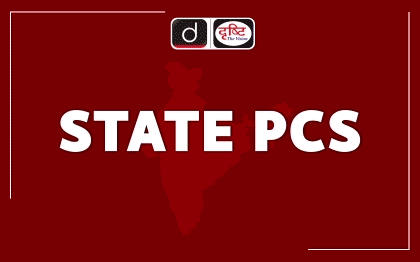
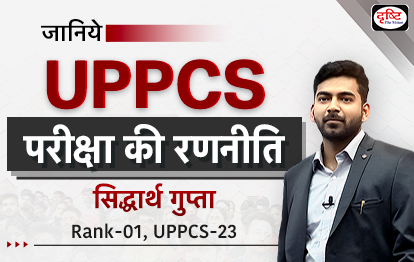

%20MPPCS%202025%20Desktop%20E.jpg)
%20MPPCS%202025%20Mobile%20E%20(1).jpg)





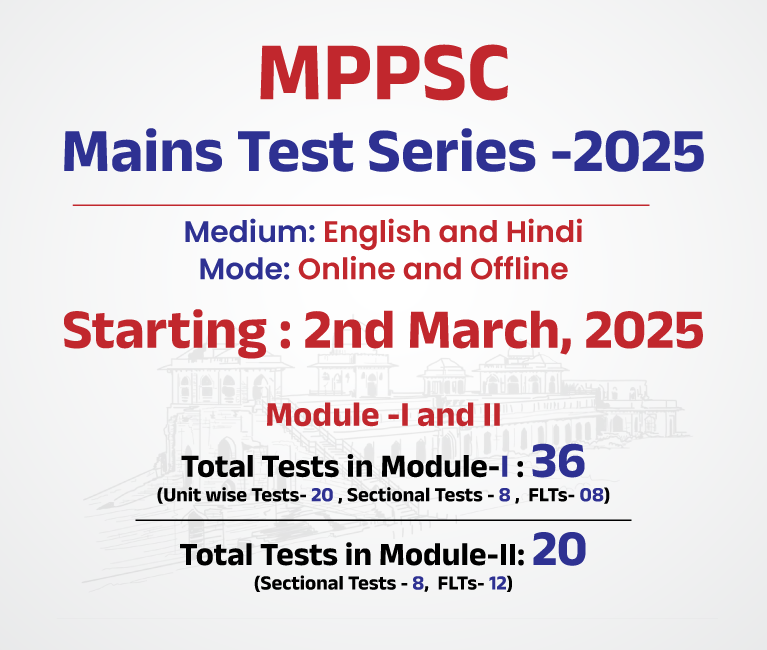
.png)
.png)





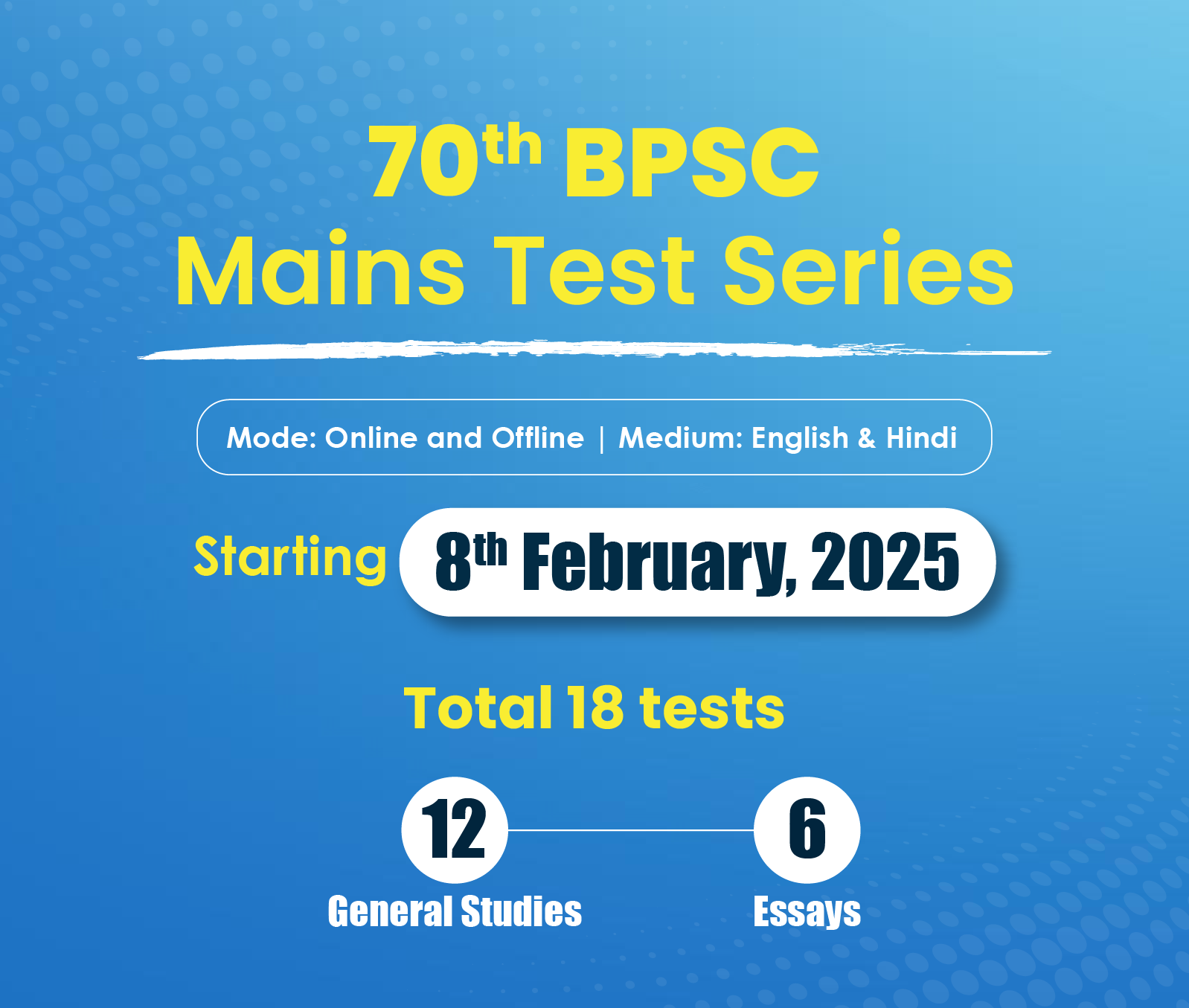

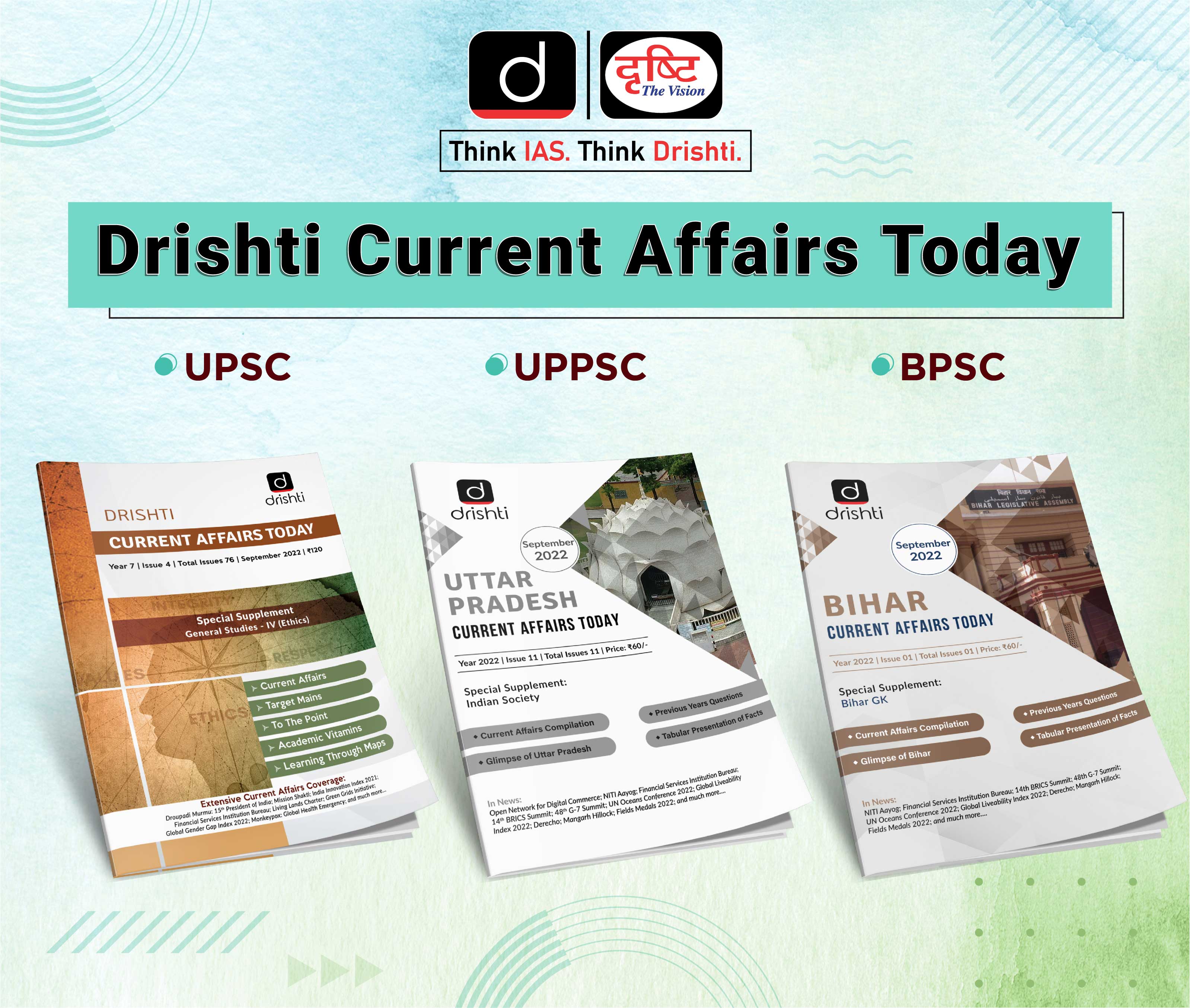

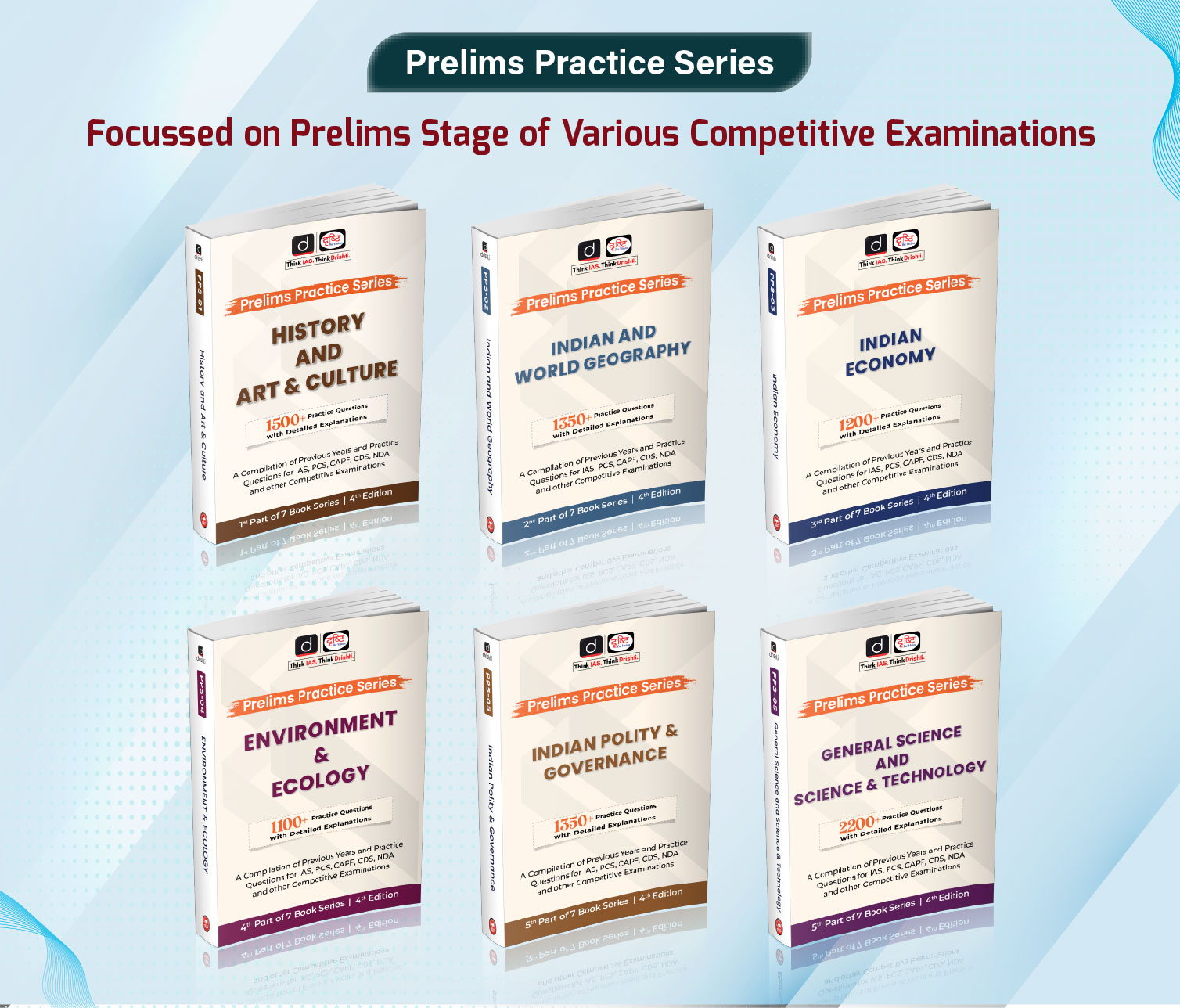

 PCS Parikshan
PCS Parikshan